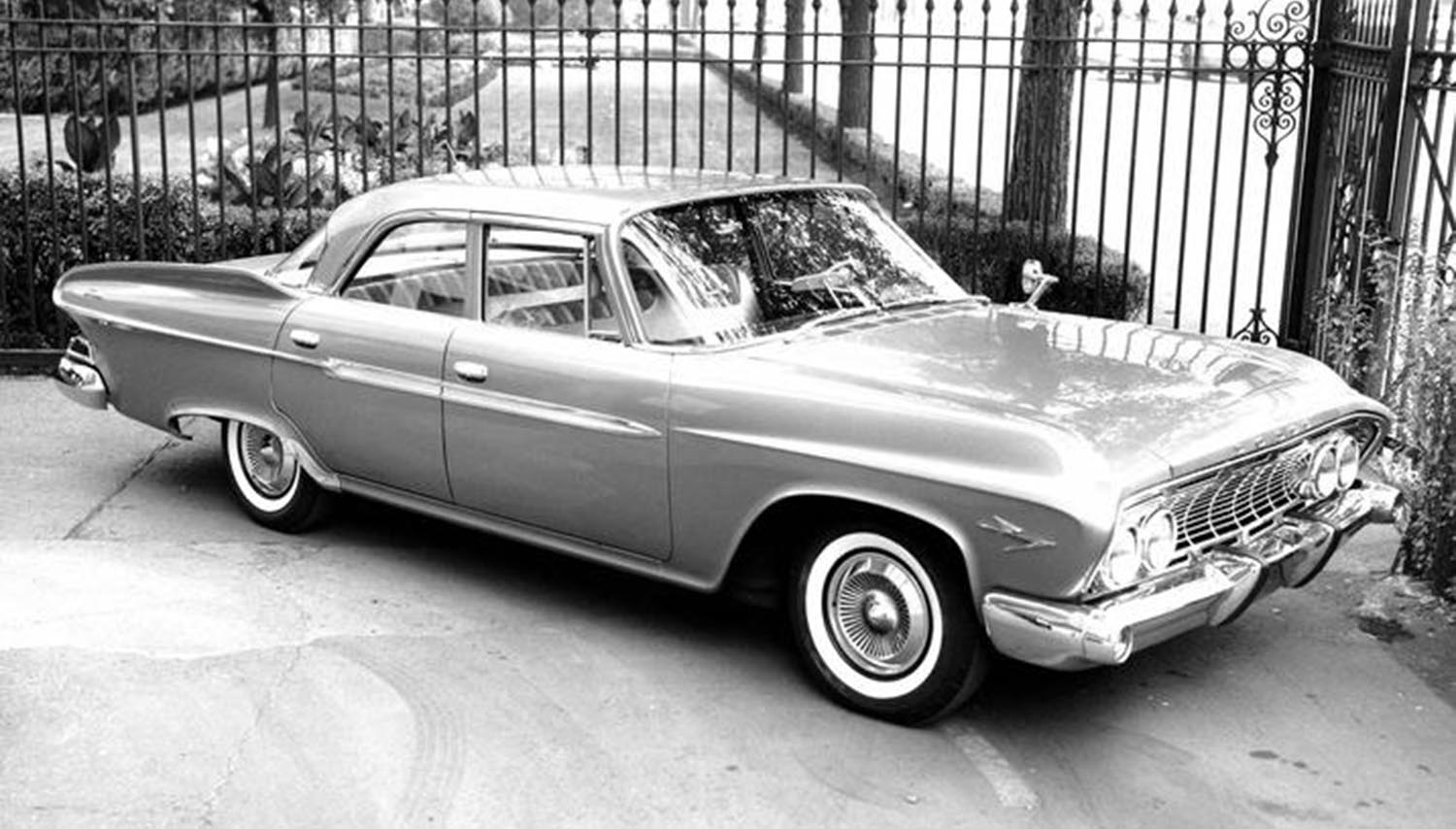
When you look at a 1961 Dodge Dart Seneca, you are seeing more than just a car. You are seeing a snapshot of an industry grappling with massive change. This full-size model, specifically the entry-level Seneca trim, holds a fascinating place in Dodge’s story. It represents the end of an influential design era and the beginning of corporate upheaval. This car was a sales success one year, then a struggle the next, making its history truly compelling.
A New Chapter for Dodge: The First-Gen Dart
The original Dodge Dart debuted in 1960. This new model was designed to offer Dodge dealers a competitive, full-size car. Significantly, it used a shorter wheelbase than its larger stablemates, the Polara and Matador. The Dart was an instant hit, revitalizing Dodge’s position in the market. The low-priced Seneca, the Pioneer, and the premium Phoenix trims defined the line. The 1961 1961 Dodge Dart Seneca simply continued this winning formula.
The Bold, Polarizing Styling of the 1961 Dart
Styling is central to the 1961 model’s legacy. Automotive designer Virgil Exner was famous for his dramatic “Forward Look.” For 1961, however, the styling became polarizing. The front end featured a massive concave grille, which many buyers found unattractive. Meanwhile, the most distinct feature was arguably the rear fender. Exner’s team reversed the tailfins, making them rise toward the front of the fender.
Torsion-Aire and Unitized Construction
Dodge built the Dart Seneca with advanced engineering for its time. They utilized Unibody construction, welding the body and frame into one rugged unit. Consequently, this design contributed to better structural rigidity and fewer rattles. This approach provided a solid foundation, which was a clear selling point. Furthermore, the Dart featured Chrysler’s famous Torsion-Aire suspension.
A Ride That Redefined Comfort and Handling
The Torsion-Aire system used solid chrome-steel torsion bars in the front suspension. These bars twisted to absorb road shock more efficiently than typical coil springs. This engineering gave the Dart a handling feel unlike many of its competitors. The improved Torsion-Aire ride also helped reduce nose-diving during sudden stops. Therefore, the ride quality was a hallmark of the 1961 1961 Dodge Dart Seneca.
Engine Options and Performance Prowess
The 1961 Dodge Dart Seneca came standard with the well-regarded 225 cubic-inch Slant Six engine. This inline-six was canted thirty degrees, providing a lower hood line and easier maintenance. It produced a respectable 145 horsepower and 215 pound-feet of torque. Optional power, however, brought the Dart into a different class.
The available V8 engines were where the Dart truly showed its muscle. The base V8 was the 318 cubic-inch engine, making 230 horsepower. For true performance enthusiasts, the 383 cubic-inch Ram Induction V8 was an option. This beast generated 330 horsepower and 460 pound-feet of torque. Transmission options included a three-speed manual, a two-speed PowerFlite automatic, and the excellent three-speed TorqueFlite automatic.
The End of an Era for Full-Size Darts
Unfortunately, 1961 was a tough year for the automotive market as a whole. The highly controversial styling led to a significant sales drop for Dodge. Buyers clearly did not embrace the “plucked chicken” look, as Exner later called the styling. The 1961 Dodge Dart Seneca, despite being the price leader and accounting for a large portion of Dart sales, could not reverse the division’s fortunes. This dip ultimately led to the Dart’s downsized, radically different 1962 model. The first-generation full-size Dart was done after only two years.
The 1961 Dodge Dart Seneca holds a unique place in automotive history. It represents both the height of Dodge’s late-50s success and the subsequent design turmoil that closed out the decade. Its engineering was sound, its performance could be genuinely strong, and its unique style makes it unforgettable. Today, the 1961 1961 Dodge Dart Seneca remains a truly iconic piece of Mopar heritage.
Disclaimer: Content on this site is for informational purposes only. Vehicle specs, pricing, and availability may change. Always verify details with official sources before making decisions. Opinions are those of the authors.
Source: Stellantis
